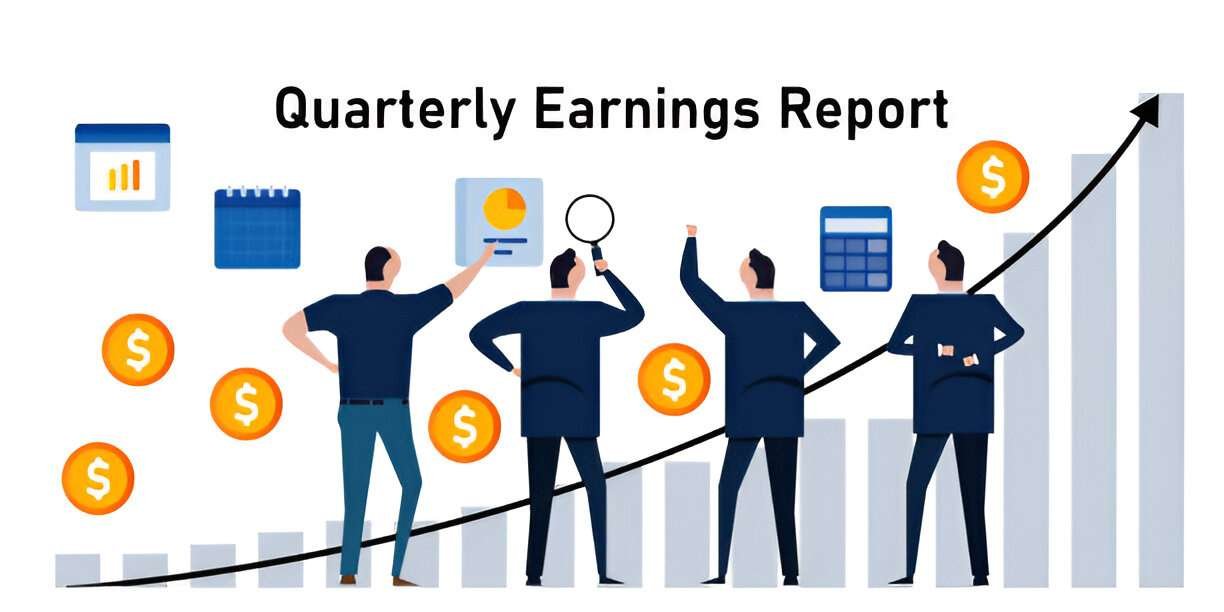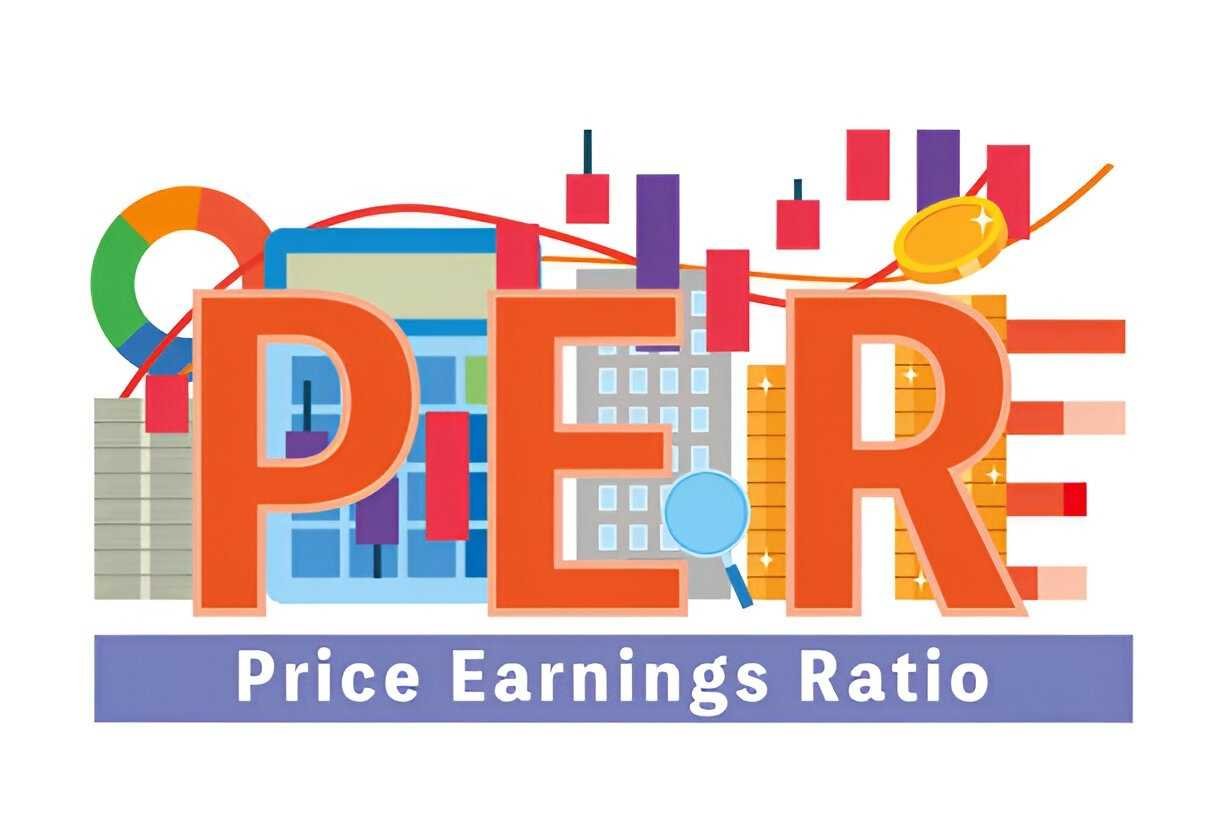Introduction
Stock market investing can be rewarding, but it’s full of traps that can erode profits and derail financial goals. Over the years, I’ve observed patterns that lead investors into trouble, from chasing hype to ignoring risk management. Avoiding these traps requires knowledge, patience, and discipline. In this article, I’ll break down the most common stock market traps, how they work, and how to avoid them.
Trap #1: Chasing Hype and Speculation
One of the easiest ways to lose money in the stock market is by following hype without understanding the fundamentals. Stocks that skyrocket due to media coverage or social media buzz often crash just as quickly.
Example: The GameStop (GME) Short Squeeze
In early 2021, GameStop’s stock surged from around $20 to over $400 due to retail investor momentum. Many late buyers got caught at high prices and suffered huge losses when the stock crashed back to below $100 within weeks.
| Date | GME Price ($) |
|---|---|
| Jan 1, 2021 | 19.00 |
| Jan 27, 2021 | 347.51 |
| Feb 19, 2021 | 40.59 |
How to Avoid It:
- Ignore stocks with unsustainable price surges unless you have a solid exit strategy.
- Stick to companies with strong fundamentals rather than speculative plays.
Trap #2: Ignoring Valuations and Buying Overpriced Stocks
Valuation metrics like the Price-to-Earnings (P/E) ratio help investors assess whether a stock is overvalued. Buying stocks at excessive valuations often results in poor long-term returns.
Example: The Dot-Com Bubble (1999-2000)
Many internet stocks in the late 1990s traded at absurd P/E ratios, some with no earnings at all. When the bubble burst, investors saw their holdings plummet by 80% or more.
| Stock | Peak Price | Post-Bubble Price | % Drop |
|---|---|---|---|
| Pets.com | $11.00 | $0.19 | -98% |
| Cisco | $77.00 | $15.00 | -80% |
| Yahoo! | $118.00 | $8.11 | -93% |
How to Avoid It:
- Check valuation metrics before buying a stock.
- Compare P/E ratios to industry averages.
- Avoid stocks with extreme valuations unless there is strong earnings growth potential.
Trap #3: Overtrading and High Transaction Costs
Frequent buying and selling erodes returns due to commissions, bid-ask spreads, and taxes.
Calculation Example
20 \times 2 \times 5 = 200 \ (\text{Buy and sell per trade})That’s $2,400 in commissions annually—money that could have compounded over time.
How to Avoid It:
- Trade only when necessary, not out of boredom or impulse.
- Use a long-term strategy instead of short-term speculation.
Trap #4: Holding onto Losing Stocks Too Long
Many investors refuse to sell losing stocks, hoping they will recover. This is known as the sunk cost fallacy.
Example: General Electric (GE)
GE was a blue-chip stock in the 2000s, trading at $60 per share. Over time, poor management and declining business led to a steady decline. Investors who refused to cut losses saw the stock drop to around $6 in 2020.
How to Avoid It:
- Set stop-loss levels and stick to them.
- Reevaluate a stock’s fundamentals rather than holding it out of hope.
Trap #5: Falling for Dividend Traps
High dividends can be tempting, but some companies cut dividends when financials deteriorate.
Example: AT&T’s Dividend Cut (2021)
AT&T had a strong dividend yield, attracting income investors. However, due to high debt and restructuring, the company cut its dividend, causing the stock price to decline.
How to Avoid It:
- Look at a company’s dividend payout ratio.
- Avoid companies with high debt and declining cash flows.
Trap #6: Failing to Diversify
Investing too much in a single stock or sector increases risk.
Example: The Financial Crisis (2008)
Investors who held only bank stocks saw their portfolios wiped out when Lehman Brothers collapsed and financial stocks plummeted.
| Sector | 2008 Return (%) |
|---|---|
| Financials | -55% |
| Energy | -36% |
| Technology | -41% |
How to Avoid It:
- Spread investments across different sectors and asset classes.
Trap #7: Ignoring Macroeconomic Factors
Interest rates, inflation, and economic growth impact stock performance. Investors who ignore macroeconomic shifts get blindsided by downturns.
Example: Inflation and Tech Stocks (2022)
When inflation spiked in 2022, the Federal Reserve raised interest rates, causing tech stocks to decline sharply. Many investors who ignored inflation’s impact saw large losses.
How to Avoid It:
- Stay informed about economic indicators like CPI and interest rates.
- Adjust portfolios based on macroeconomic trends.
Conclusion
Avoiding common stock market traps requires discipline, research, and a willingness to adapt. Emotional decisions, lack of diversification, and ignoring valuations all contribute to poor outcomes. By staying informed, managing risk, and avoiding speculation, I can navigate the stock market more effectively and build long-term wealth.




